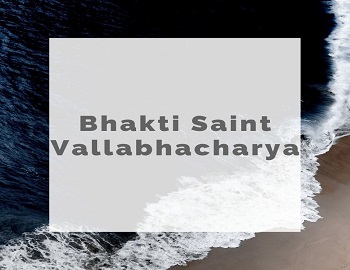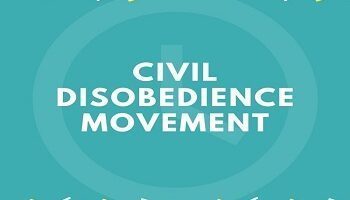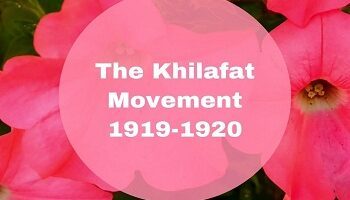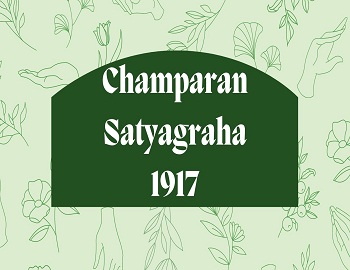The Bhakti Movement:
The slow process of mutual adjustment in the field of religion began with the entry of Sufism in the country and the gradual development of a popular ethos of Bhakti in north India. The Bhakti Movement started before the advent of Islam. The movement stressed that there is only one Supreme God and emphasized the equality of all human beings. Generally speaking, the Bhakti Movement was non-ritualistic and fostered ideas of brotherhood and equality before the lord. The Bhakti cult- the passionate devotion to Krishna and Radha- was something unique that found its echo both in the north and south of India. The Vaishnava Movement found its patron in Jnanesvara and Namdev in Maharashtra, Ramananda, Kabir, and Nanak in the north, and Jayadeva, and Chaitanya in the east.
Tulsidas (1532-1623) of Varanasi, postulated salvation for the Shudras if they constantly uttered the name of Rama. He defended the caste system but infused a new spirit into it. He stressed that the system should be based on individual merit rather than birth. “He appealed not to scholars, but to the voiceless millions of his native country, the people that he knew.”
The Bhakti Movement received a new impetus in the 16th and 17th centuries. Its greatest champion in Western India was Eknath. He was a great spiritual force in Maharashtra and championed the equality of rights in the spiritual sphere. But the great exponent of Bhakti in Maharashtra was Tukaram (1608-1650). His songs or abhangs have been dedicated to Vitobha, an incarnate form of Vishnu at Pandharpur. His famous saying was that “I was born in a Sudra Family, thus was set free from all pride.”
A new sect of Rama worshippers was founded by Dadu Dayal (1544-1603). He flourished at the end of Akbar’s reign. He glorified passionate devotion to Rama and nothing else. Ramdas (1608-81), a great saint of Maharashtra, put forward a philosophy of activism. His masterly work, Dasabodh, provided a source of inspiration to the people of Maharashtra. He established hundreds of maths (monasteries) to propagate his ideas. Shivaji became his disciple.
In Karnataka, the rise of the Dasakuta Movement in the 16th century is interesting. Purandara-dasa (1484-1564), the greatest of the Dasa poets, was an ardent votary of Hari. The Bhakti Movement originally started from the south, spread to the north, and changed the religious panorama of north India. In Tamil-land the hymns of Alvars and the Nayanars continued to dominate the scene.
In Eastern India, the followers of Chaitanya were at the forefront of championing a liberal trend without making distinctions of caste, religion, or sex.








![Jallianwala Bagh Massacre [April 13, 1919] 9 Jallianwala Bagh Massacre](https://gkscientist.com/wp-content/uploads/2020/09/Jallianwala-Bagh-Massacre-350x200.jpg)
Comments (No)